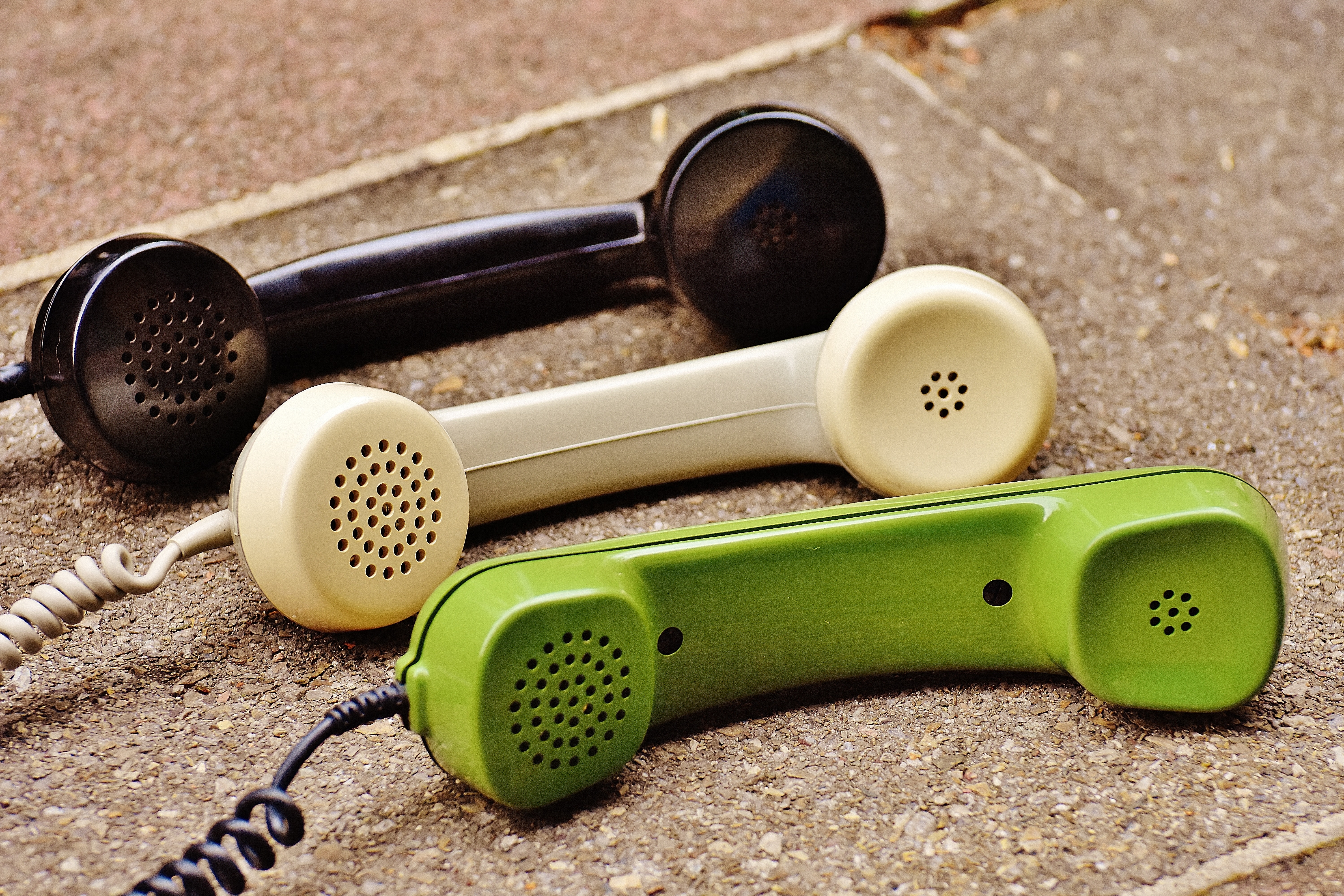by Zipbooks Admin
How to Respond to Customer Reviews (Hint: Keep your Cool)

ZipBooks Growth is all about getting you tons of online reviews. And while we’re happy to put that process on auto-pilot, we can’t actually respond to reviews for you. But we can help!
Making an effort to respond to both positive and negative reviews is a great way to show appreciation for and awareness of the feedback you receive. 78% of online reviewers said that they actually trusted a business more when they saw them respond to online reviews. So take the time to reply to your customers.
Here are some tips that can help you professionally respond to reviews which will drive even more business your way:
1. Cool Off First
That first bad review can sting. Maybe it came out of the blue or maybe you knew it was coming. Either way, responding in anger will do more damage than good. If you feel yourself getting defensive, step back and cool off.
A great practice is to draft a response before posting. If you need to vent first, get it all out on paper. Then, delete the file and craft a response that is apologetic and diplomatic. Consider asking a friend or colleague to look over what you wrote to make sure it’s professional.
2. Say “I’m Sorry”
Before you say anything else, apologize. Even if you feel that the customer’s comments are unfair, consider their perspective—they had a bad experience. And it’s important to apologize for that.
Besides, you will have more success in improving customer relationships if you are willing to empathize and accept some blame. You’re not perfect either, and odds are, at least some of what your customer is saying is true.
Find points of truth and empathize with your customer. And if there are positives in their review, be sure to bring those out as well and say thank you.
3. Remember, the Customer is Always Right
I know, I know. Anyone who has worked in customer service can tell you otherwise, but keeping the customer at the forefront of your mind will help you provide the best reply.
Don’t fall into the trap of blaming your customer—even if it was their fault! Instead, focus on your values and the service standards that you aim to provide. You can not change the way they felt when they left the review, but you can change their perspective moving forward.
4. Offer Reparation
When a customer has a bad experience, don’t be defensive, be generous. Prioritize which comments need immediate feedback and resolve the issue as quickly as you can (ideally before you post your response).
If you customer is leaving a review because they received a faulty item, you’ve got an easy fix. Offer a refund or send them a new (non-faulty) one.
If your customer thought that their soup was too cold, offer to comp their next meal, assuring them that your standards of service are high and that this was an exception.
If you customer just flat out had a bad experience, apologize, reaffirm your values and ask what could have been improved. Then improve it.
You will find that some customers are even willing to change their review if they feel that their complaint has been addressed.
5. Respond in Public, but Continue the Conversation in Private
If you can do it right, it’s actually better to respond to complaints on your public review profile than in a private email.
Remember, potential customers and other reviewers will see both the negative feedback and your response. So show your prospects that you take feedback seriously. Those who read your professional response (even to mean words) will learn more about your brand than the negative review could tell them—they will learn that you care about customers individually.
While responding in public is a great strategy, it’s a good idea to continue the conversation in private, either through a customer support line or your personal email. You don’t want the (potentially ugly) back-and-forth to be publicly broadcast.
Keep your responses to bad reviews short and sweet and make it clear that you are willing to have a longer conversation, just not on a public platform.
6. Use Good Grammar
This should be a no-brainer, but errors in grammar can cause miscommunications which only further the problem. Proofread your response before you post, so you can put your best foot forward.
The words you choose in your response should be polite and professional. Your reply is an extension of your brand, so it should match the good things that customers already know about you.
7. You Can’t Please Everyone
Some of us are obligers and it’s really hard to let this go. We are passionate about our product and we want everyone to share that excitement. But people are just different. And that means your product or service will not suit everyone.
I am an obliger—big time—but I had to learn that I couldn’t please everyone as a high school teacher. Some students, just didn’t like me. I could spice up my lesson plan, create novel project ideas, even throw a dance party, and for some students, I just wasn’t their cup of tea.
This is okay! It’s great, in fact. It’s what gives the world such beautiful diversity. So, let go of your desire to please people and instead focus on offering the very best product.
8. Don’t Neglect your Fans
While you’re stressing over negative reviews, don’t neglect your fans. If a customer takes the time to share how much they loved your product, be sure to show your gratitude.
Responding to positive reviews shows potential customers that you’re not only focused on putting out fires, but you’re attentive to loyal customers as well. Something as simple as a “Thank You” or “Hope to see you again soon!” can make a big difference.
9. Share the Good News!
It’s easy to feel bogged down by the one negative review, but this will do nothing for your business. Instead, focus on good.
You will get glowing reviews, so share them! Create a testimonials page on your website or share a few quotes on your homepage. This kind of social proof is a great way to bring in leads and show off the good things that people are saying about you.
Testimonials can also be repurposed into other marketing materials. You can include them in Instagram captions, Facebook ads, products descriptions—and when you do, give credit to your fans. People love to see their name in lights, even if it’s only the light of their smartphone screen.
10. Take Feedback to Heart
Finally, improve your reviews by improving your product.
If you notice that multiple people share the same complaint, then maybe it’s time to re-evaluate. Identify the problem and fix it. Being willing to learn from your mistakes and trust your customer will save you the stress of more negative reviews in the future and will also help your business be more effective.
The gold standard is to seek out reviews that are authentic and respond graciously. You will get the occasional negative review, but keep working hard and instilling passion into what you do. The reviews will improve themselves.
Helpful Templates
If you’re excited about responding to feedback, but aren’t quite sure what words to use, consider the following templates. Feel free to copy-and-paste, adding any relevant details (contact info, location, values, etc).
For negative reviews, remember to be compassionate and keep it brief—don’t use more words than are necessary to say “I’m sorry, let’s fix this.”
Positive Review Response Templates:
Thank you for checking out our business and taking the time to leave a review! We always appreciate feedback and hope to serve you again soon. Thanks!
We’re so glad you enjoyed _____ (product, service, environment, etc.)—we are striving to create something you love and it makes such a difference to know you appreciate it. Thank you!
Thank you! We love to hear positive feedback from customers. We are proud to offer the best _____ in our city!
Negative Review Response Templates
We are so sorry to hear this! We take your feedback seriously. Please reach out to us at _____ and we will resolve this issue as quickly as possible.
We are very disappointed to hear about your experience. Our top priority is always _____ and we take every step necessary to ensure that. We are sorry to hear that this was not reflected in your service and hope to discuss this with you further. Please contact us at _____.
I’m sorry to hear this. My name is _____ and I am the owner here. I’d love to speak with you and work toward earning back your business. Feel free to contact me at _____.
If you have any other insight on responding to reviews, please comment below! We love to hear your feedback too.





